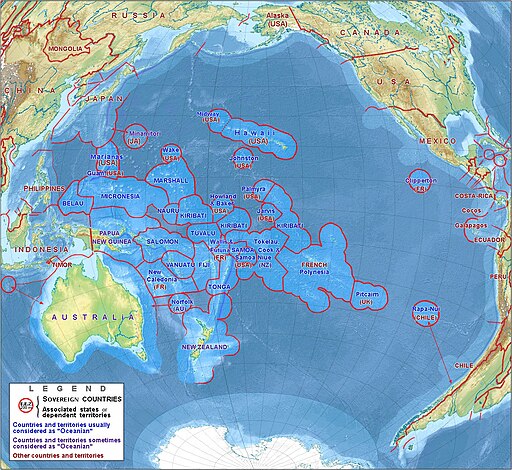Most commercial airlines that operate between East Asia and the Americas steer clear of traversing the Pacific Ocean, primarily due to exorbitant expenses, apprehensions regarding safety, and unpredictable atmospheric conditions.
Let me elucidate the reasons behind this avoidance:
Elevated Expenditures The vastness of the Pacific Ocean necessitates a larger fuel supply, thereby escalating the overall costs incurred by the airlines. While it is plausible for the airlines to compensate for this by charging passengers higher fares for such long-haul journeys, this approach may lead to a multitude of disgruntled customers, causing airlines to suffer a decline in sales.
Safety Apprehensions The remote nature of the Pacific Ocean renders it a less secure option for airline travel when compared to the Indian and Atlantic Oceans. This factor significantly heightens the likelihood of accidents or crashes. Moreover, in the event of an emergency, the Pacific Ocean lacks suitable landing sites such as airstrips or airports on many of its small islands, thereby posing considerable challenges in finding a viable place for an emergency landing. Furthermore, the Pacific Ocean’s notorious weather patterns, frequently characterized by thunderstorms, further contribute to its unsuitability for air travel.
Adverse Weather Conditions The Pacific Ocean is renowned for its turbulent weather conditions and frequent thunderstorms, which pose inherent dangers to planes navigating through its airspace. Given this perilous scenario, airlines would prefer to circumvent such storms altogether, opting to avoid turbulence and ensure passenger comfort.
Curved Flight Paths Commercial flights typically adopt curved routes over expansive landmasses rather than traversing the Pacific Ocean directly. This strategy is employed due to the fact that these curved routes, contrary to what one might expect, actually offer shorter distances. It is important to acknowledge that flat maps can be misleading as they fail to account for the Earth’s spherical shape. Consequently, straight routes do not provide the most efficient distance between two destinations.

In essence, the majority of airlines refrain from flying over the Pacific Ocean due to the significant costs involved, safety concerns, and unpredictable weather conditions. Instead, they opt for curved flight paths over landmasses, which not only saves time and fuel but also bolsters profitability.
Additional Information
There is something called ETOPS which restricts planes to fly for long durations over the sea. Earlier we were operating mostly four-engine aircraft which used to fly over the Pacific. In case of one engine failure the other three will take care. Slowly, to save fuel they introduced three engines and now they fly twin-engine airplanes. Now the problem is if an engine fail in twin-engine aircraft, how to complete the flight? So Extended Twin Engine Ops rules came into force. Whenever an aircraft is designed, the manufacturers announce the duration of ETOPS, which is given in minutes. Whenever a twin-engine airplane flies over oceans and deserts and if it experiences an engine failure, how much time the plane can fly safely to land in an aerodrome? So the flight plan is prepared accordingly. Be it 120 mts, 180 mts, Or more according to the design value. The aircraft is also subjected to strict inspections before undertaking the flight.
I hope you love this answer 👍
To deep dive and explore more related questions on Aviation Topics!
Please join the Quora Space !! ⤵️










Comments are closed.